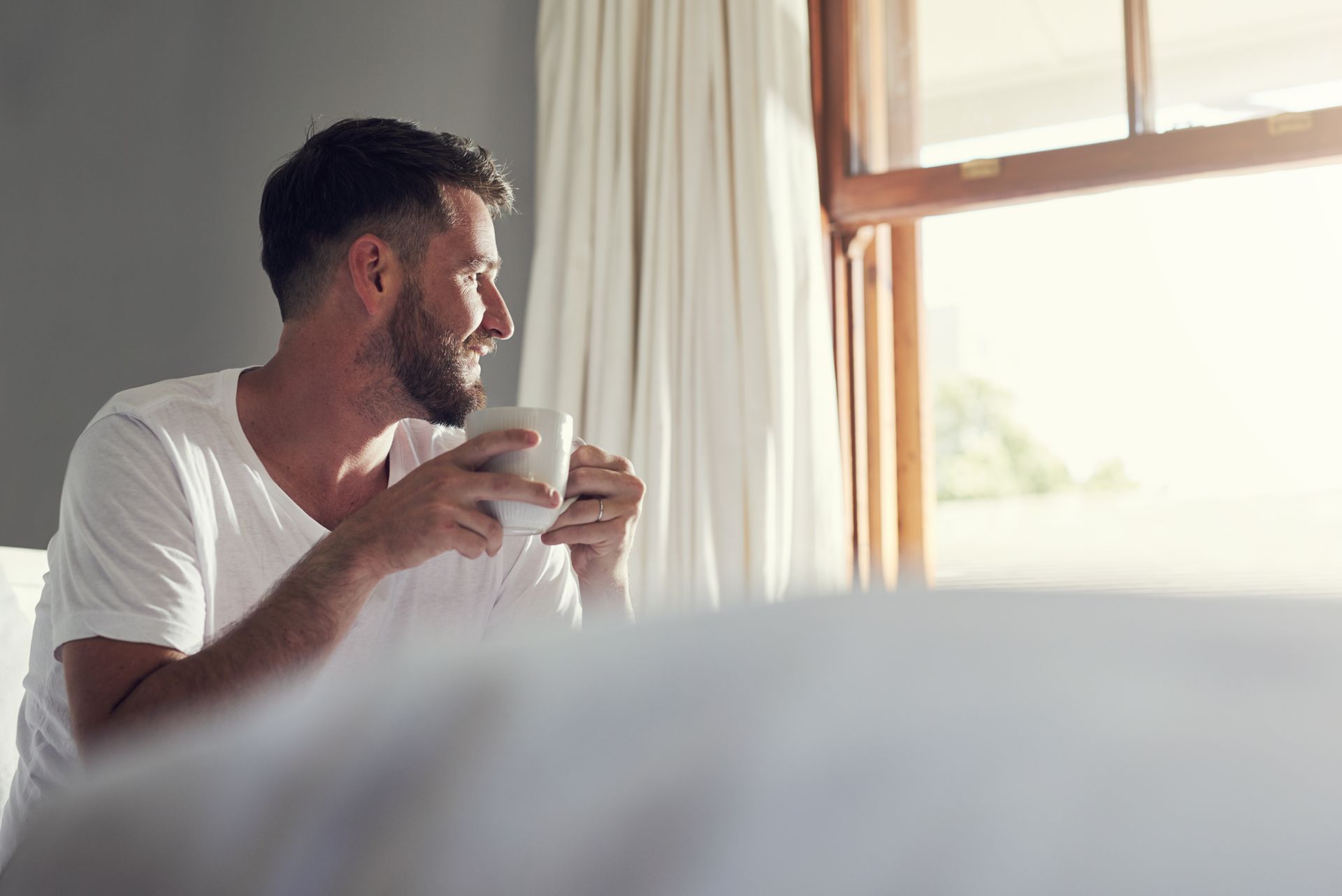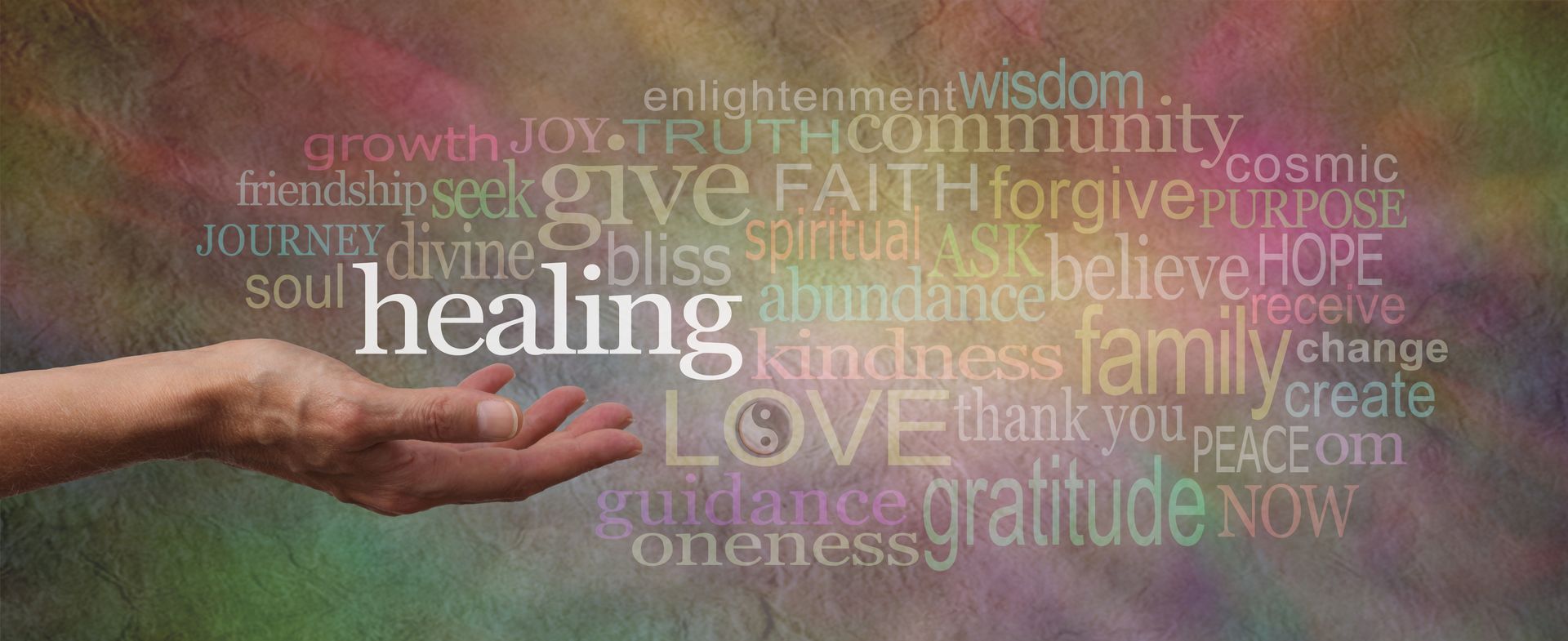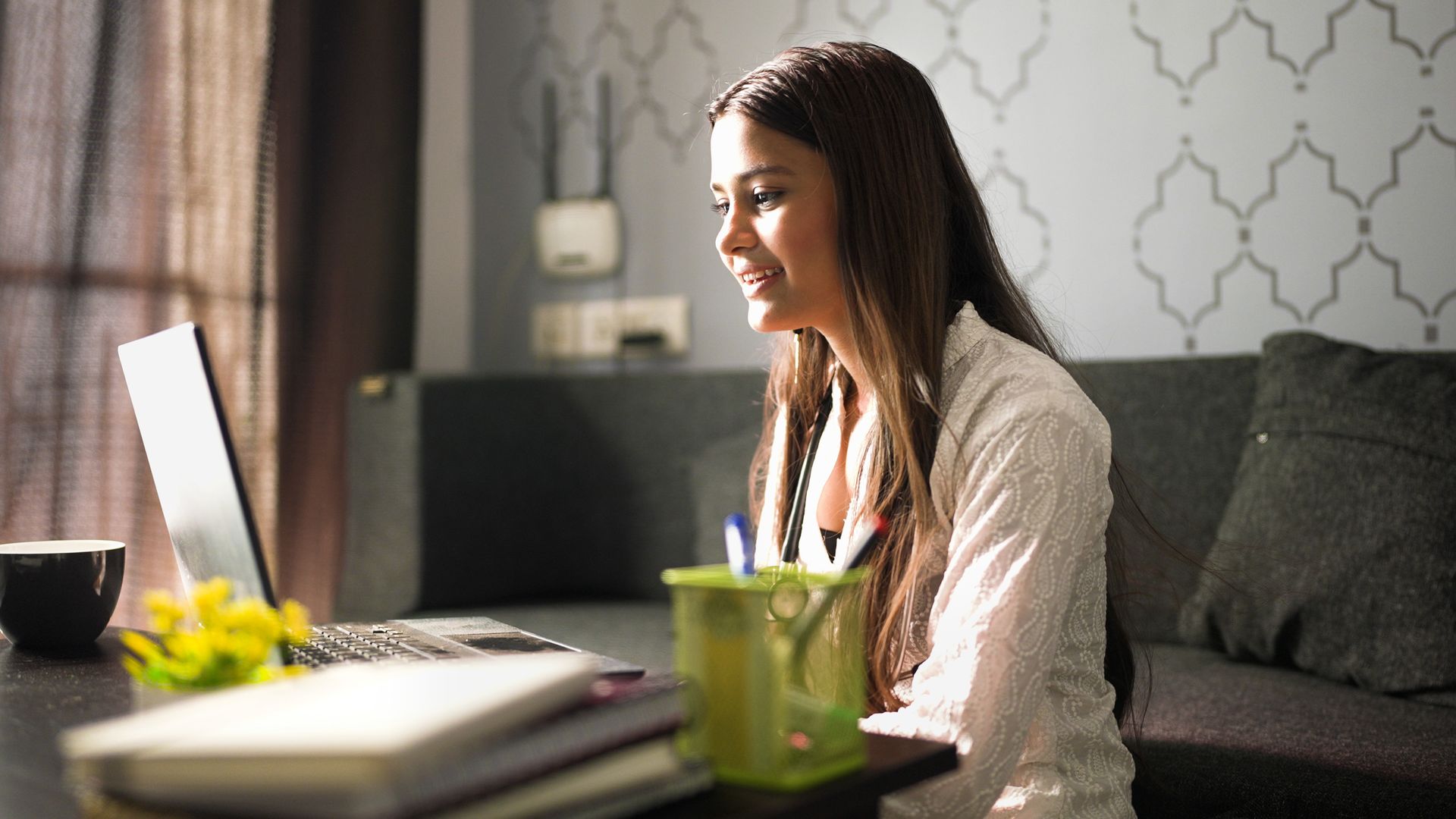How Digital Detox Can Improve Mental Health (Especially for Remote Workers)
Key Points
- Excessive screen time directly correlates with increased anxiety, depression, and sleep disruption
- Remote workers face unique mental health challenges from constant digital connectivity
- Blue light exposure suppresses melatonin production, sabotaging sleep quality
- Social media use triggers comparison cycles that worsen mood and self-esteem
- Gradual reduction strategies work better than drastic cold-turkey approaches
- Setting boundaries with technology improves both mental health and work performance
- Small changes like phone-free zones can create significant improvements
Here's an uncomfortable truth: the device you're probably reading this on right now might be quietly undermining your mental health. And if you work remotely, the problem is even more complicated because your lifeline to work, connection, and entertainment all flows through the same glowing screens.
Remote work has transformed how millions of us earn a living. No commute, flexible schedules, working in comfortable clothes—what's not to love? But there's a hidden cost that many remote workers don't recognize until they're already struggling. When your bedroom becomes your office, your phone becomes your water cooler, and your laptop never really closes, the boundaries between work and life dissolve completely.
The result? Many remote workers find themselves scrolling through social media at midnight, answering work emails during dinner, and feeling simultaneously exhausted and wired. Your sleep suffers, anxiety creeps up, and that burnout feeling becomes your new normal.
The good news is that understanding how digital overload affects mental health is the first step toward reclaiming your wellbeing. And you don't need to throw your devices in the ocean or move to a cabin in the woods. Strategic digital detox practices can restore balance without disconnecting you from the benefits technology provides.
The Science Behind Screen Time and Mental Health
Your brain wasn't designed for the digital onslaught it faces daily. Understanding what's actually happening neurologically helps explain why you feel the way you do after hours of screen time.
The Dopamine Dilemma
Every notification ping, every new like, every email response triggers a small dopamine release in your brain. Dopamine is the neurotransmitter associated with reward and motivation, and your brain really likes it. The problem is that technology companies have figured out how to hack this system.
Social media platforms are specifically designed to deliver variable rewards—you never know when you'll get that dopamine hit from a notification, which makes checking compulsive. This is the same psychological mechanism that makes slot machines addictive. Your brain becomes conditioned to constantly check for updates, creating anxiety when you're away from your devices.
For remote workers, this gets even more complicated. Work notifications trigger the same dopamine pathways, blurring the line between productive engagement and compulsive checking. Before you know it, you're refreshing Slack every five minutes "just in case something important comes up."
Blue Light and Your Sleep Architecture
Blue light exposure from screens deserves special attention because it directly sabotages your sleep. Your brain uses light cues to regulate your circadian rhythm—the internal clock that tells your body when to sleep and wake. Blue wavelengths signal "daytime" to your brain, suppressing melatonin production.
When you're staring at screens late into the evening (which most remote workers do), you're essentially telling your brain it's still midday. Melatonin production gets delayed, making it harder to fall asleep. Even after you finally drift off, sleep quality suffers because your circadian rhythm has been disrupted.
The impact compounds over time. Poor sleep increases anxiety and irritability, reduces emotional regulation, and makes it harder to concentrate during the day. This creates a vicious cycle where you work less efficiently, stay up later trying to catch up, sleep worse, and feel even more anxious the next day.
Information Overload and Cognitive Exhaustion
Your brain has limited processing capacity. Constantly switching between tasks, responding to notifications, and consuming information throughout the day exhausts your cognitive resources. This is called decision fatigue, and it explains why you feel mentally drained after a day where you "didn't really do anything strenuous."
Remote workers face an especially intense version of this. Without the natural breaks that happen in office environments—walking to meetings, casual conversations, physical separation from work—you can easily spend 10-12 hours in front of screens with minimal mental downtime.
Research shows that it takes an average of 23 minutes to fully regain focus after an interruption. If you're getting interrupted by notifications every few minutes, you never actually achieve deep focus. Your work quality suffers, tasks take longer, and you end the day feeling unproductive despite being "busy" for hours.
Social Media: The Mental Health Wildcard
Social media and anxiety have become inextricably linked for many people, and remote workers are particularly vulnerable because social platforms often serve as their primary connection to the outside world.
The Comparison Trap
Social media creates a highlight reel culture where everyone shares their best moments, accomplishments, and carefully curated experiences. Intellectually, you know this. But emotionally, your brain still processes these images as representations of others' actual lives.
When you're working from home in sweatpants, dealing with imposter syndrome about your work, and seeing your college friend's Instagram post about their promotion and vacation in Bali, your brain makes unfavorable comparisons. This triggers feelings of inadequacy, FOMO (fear of missing out), and depression.
Studies consistently show that increased social media use correlates with higher rates of depression and anxiety. The relationship is bidirectional—people who are already anxious or depressed tend to use social media more, which then worsens their symptoms.
The Productivity Paradox
Remote workers often find themselves checking social media during work hours, promising it's "just a quick break." But these breaks rarely refresh you the way actual breaks do. Instead of returning to work feeling recharged, you often feel more scattered, anxious about what you saw, or guilty about the time you wasted.
Social media also disrupts your ability to be present during non-work time. You're never fully disconnected, never fully relaxing, because you're always one scroll away from work stress, world news, or comparison triggers.
Validation Seeking Behavior
Many people, especially remote workers who lack daily in-person social interaction, turn to social media for validation and connection. Posting about work achievements or daily life becomes a way to feel seen and acknowledged.
But this creates dependency on external validation. Your mood becomes tied to how many likes or comments you receive, which is a terrible foundation for self-esteem. On days when posts don't perform well, you might feel rejected or invisible, even though rationally you know engagement metrics don't reflect your worth.
The Remote Worker's Unique Challenge
If you work remotely, your relationship with technology is fundamentally different from people who go to physical workplaces. Understanding these unique challenges helps you develop more effective
digital detox strategies for remote workers.
Boundary Collapse
In traditional office settings, physical space creates natural boundaries. When you leave the building, work stays behind. Remote work eliminates this separation. Your bedroom might be your office. Your kitchen table is your conference room. There's no commute to decompress and transition between work mode and personal time.
This boundary collapse means work bleeds into evenings, weekends, and even vacations. You find yourself checking email at 10 PM "just to stay on top of things" or joining Zoom calls during what should be personal time because "it's just easier to be available."
Social Isolation and Digital Dependence
Remote work can be isolating, especially if you live alone or are new to an area. Your devices become your primary connection to colleagues, friends, and the outside world. This makes it psychologically harder to unplug because disconnecting feels like cutting yourself off from human connection entirely.
This dynamic creates a bind: the very tools causing your mental health struggles are also your lifelines to community and belonging. You need social connection for mental health, but the form of connection you're getting (digital, asynchronous, often shallow) doesn't fully satisfy that need while simultaneously contributing to anxiety and exhaustion.
Always-On Culture
Many remote workplaces develop an "always-on" culture where responsiveness is expected regardless of time zones or official working hours. This creates anxiety about missing messages, appearing unavailable, or being perceived as less committed than colleagues.
Even when your employer doesn't explicitly require constant availability, you might impose this pressure on yourself. The flexibility of remote work can paradoxically lead to working more hours, not fewer, as you try to prove you're being productive without anyone physically seeing you at your desk.
Practical Digital Detox Steps That Actually Work
Dramatic proclamations about deleting all social media or going completely off-grid sound empowering but rarely work long-term, especially for remote workers who genuinely need technology for their jobs. Instead, focus on practical digital wellness strategies that create sustainable change.
Start with a Screen Time Audit
You can't change what you don't measure. Most smartphones have built-in screen time tracking features that show exactly how much time you spend on various apps and activities. Check your usage for a typical week without making any changes yet.
Most people are shocked by what they discover. That "quick check" of Instagram? Turns out you're spending 2-3 hours daily scrolling. Email that feels like it only takes a few minutes? You're actually checking it 50+ times per day.
Understanding your baseline helps you set realistic goals. If you're currently on your phone 6 hours daily, cutting to 30 minutes overnight isn't sustainable. Reducing by 30-60 minutes is achievable and builds momentum for further changes.
Implement Scheduled Digital Breaks
Scheduled screen breaks work better than trying to rely on willpower. Set specific times when you completely disconnect from devices:
The 20-20-20 Rule: Every 20 minutes, look at something 20 feet away for 20 seconds. This gives your eyes a break and interrupts the hypnotic pull of screens.
Hourly Movement Breaks: Set a timer to stand, stretch, and move away from screens every hour. Use this time to look out a window, do light stretching, or simply walk around your space.
Lunch Away From Screens: Make at least one meal per day completely screen-free. Eat slowly, taste your food, and let your mind wander. This seems simple but is surprisingly restorative.
Evening Wind-Down: Stop all screen use at least one hour before bed. This gives your melatonin production time to normalize and signals to your brain that sleep is approaching.
Create Phone-Free Zones
Designate specific areas or times where phones aren't allowed. This creates physical boundaries that support mental boundaries:
Bedroom as Sanctuary: Keep phones out of the bedroom entirely or at least across the room rather than on your nightstand. Use an actual alarm clock instead of your phone alarm. This single change often dramatically improves sleep quality.
Meals Without Devices: Make dining areas device-free zones. If you eat alone, resist the urge to scroll. If you eat with others, focus on actual conversation.
Morning Buffer: Try not checking your phone for the first 30-60 minutes after waking. Instead, do something nourishing—exercise, meditation, reading, or simply drinking coffee while looking out the window. Starting your day with screens immediately puts you in reactive mode rather than intentional mode.
Use Technology to Limit Technology
The irony isn't lost, but app limits and website blockers genuinely help:
App Timers: Set daily limits for time-wasting apps. When you hit the limit, the app becomes temporarily unavailable. This creates natural stopping points.
Grayscale Mode: Switching your phone display to grayscale removes the visual rewards that make apps psychologically compelling. Colors are designed to be engaging; removing them makes your phone less appealing.
Notification Pruning: Go through every app and disable non-essential notifications. You probably don't need alerts for every email, social media interaction, or app update. Keep notifications only for truly important things like texts from specific people or calendar reminders.
Website Blockers: Use browser extensions that block distracting websites during work hours. This removes the temptation to "just quickly check" sites that derail your focus.
Establish Clear Work Boundaries
For remote workers, creating structure around work-related screen time is essential:
Set Office Hours: Establish clear start and end times for your workday. Communicate these to your team and stick to them unless there's a genuine emergency.
Create Shutdown Rituals: Develop an end-of-day routine that signals work is over. This might include closing your laptop, tidying your workspace, changing clothes, or going for a walk. Physical rituals help your brain transition out of work mode.
Separate Devices When Possible: If feasible, use different devices for work and personal use. This creates psychological separation even when you can't create physical separation.
Communicate Boundaries: Let colleagues know when you're available and when you're not. Most people will respect boundaries once you clearly establish them.
Gradual Reduction: The Sustainable Approach
Cold turkey digital detox attempts usually fail, especially for remote workers who can't simply opt out of technology. Gradual digital reduction creates lasting change without the anxiety of feeling suddenly disconnected.
Week 1: Awareness Phase
Don't make any changes yet. Just observe your patterns. Notice when you reflexively reach for your phone. Pay attention to how you feel before, during, and after screen time. Notice what triggers excessive use—boredom, anxiety, procrastination, loneliness?
This awareness, without judgment, lays the foundation for change. You're gathering data about your relationship with technology.
Week 2: Small Substitutions
Start replacing some screen time with other activities. When you notice yourself reaching for your phone out of habit, do something else instead:
- Drink a glass of water
- Do 10 pushups or a quick stretch
- Step outside for 60 seconds
- Close your eyes and take three deep breaths
The goal isn't eliminating screen time yet—it's breaking the automatic reach-for-phone response and proving to yourself that other activities can fill those moments.
Week 3: Implement One Major Change
Choose the single most impactful change from the strategies above and implement it fully. For most people, this is either removing phones from the bedroom or establishing a screen-free evening wind-down hour.
Focus on making this one change stick before adding more. It takes time for new habits to feel natural.
Week 4: Expand and Refine
Add one or two more strategies. By now, you've built some momentum and confidence. You've probably noticed some benefits—sleeping better, feeling less anxious, or being more present during conversations.
Use these positive changes as motivation to continue expanding your digital boundaries.
Ongoing: Flexible Consistency
Perfection isn't the goal. Some days you'll spend more time on screens, and that's okay. What matters is having default patterns that support your mental health while remaining flexible enough to adapt to life's demands.
Regularly reassess your relationship with technology. As circumstances change—new job, different life stage, evolving technology—your strategies might need adjustment.
When Digital Habits Require Professional Support
Sometimes, excessive screen use is a symptom of underlying mental health issues rather than just a bad habit. When to seek professional help for digital overuse:
- You've tried multiple strategies but can't reduce screen time despite wanting to
- Screen use is interfering with work performance, relationships, or basic self-care
- You experience significant anxiety or panic when away from your devices
- You're using screens primarily to avoid dealing with difficult emotions or situations
- Screen time is contributing to worsening depression or anxiety symptoms
- You suspect your digital habits are masking or worsening ADHD symptoms
As a psychiatric nurse practitioner, Lauren Berry understands how technology intersects with mental health. Sometimes the solution involves treating underlying anxiety, depression, or ADHD, which then makes it easier to establish healthier technology boundaries. Other times, digital habits themselves are perpetuating mental health struggles and need to be addressed as part of a comprehensive treatment approach.
The beauty of telehealth services is that you can access professional support without adding more commute time or in-person appointments to your already busy schedule. Ironically, technology enables you to get help managing your relationship with technology.
Measuring Your Progress
Track improvements to stay motivated and adjust strategies:
Sleep Quality: Are you falling asleep more easily? Waking less during the night? Feeling more rested in the morning?
Mood Stability: Notice whether anxiety levels have decreased, mood swings have evened out, or you generally feel more content.
Focus and Productivity: Can you concentrate for longer periods? Do you complete work more efficiently? Does deep work feel less exhausting?
Relationship Quality: Are you more present during conversations? Do interactions feel more meaningful?
Physical Symptoms: Have headaches decreased? Eye strain improved? Neck and shoulder tension reduced?
Remember that improvements might be subtle at first. Keep notes so you can look back and recognize progress that might not be obvious day-to-day.
FAQs About Digital Detox and Mental Health
How long does it take to see mental health improvements from reducing screen time?
Many people notice better sleep within 3-7 days of implementing evening screen boundaries. Mood and anxiety improvements typically emerge over 2-4 weeks as new habits become established.
Can I do a digital detox while working remotely?
Absolutely. The strategies focus on mindful use and boundaries rather than complete elimination. You can maintain work productivity while significantly reducing unnecessary screen time.
Will I miss out on important information if I limit social media?
Most "important" information reaches you through multiple channels. If something truly matters, you'll hear about it. The anxiety about missing things is usually worse than the reality of being less constantly connected.
How do I handle social pressure to be constantly available online?
Set clear boundaries and communicate them. Most people respect boundaries once you establish them. Those who don't respect your mental health needs might not deserve constant access to your time and attention.
Is all screen time equally bad for mental health?
No. Passive scrolling, social media comparison, and late-night use are most problematic. Video calls with loved ones, creative projects, or educational content can be neutral or even positive for mental health.
What if reducing screen time makes me feel more isolated?
This can happen initially, especially for remote workers. The key is replacing digital connection with other forms—phone calls, video chats with friends, outdoor activities, or hobbies. Quality of connection matters more than quantity.
FAQs About Harborside Psychiatry
What services does Lauren Berry provide?
Lauren Berry, PMHNP-BC, provides comprehensive psychiatric evaluation and medication management via telehealth for adults dealing with anxiety, depression, ADHD, and other mental health concerns.
How does telehealth psychiatry work?
You'll meet with Lauren via secure video sessions from the comfort of your home. Appointments are private, convenient, and just as effective as in-person care for most conditions.
Can I book appointments online?
Yes! You can easily schedule appointments through our website at www.harborsidepsych.com. We offer flexible scheduling to accommodate various time zones and work schedules.
What states is Lauren Berry licensed in?
Contact us at (541) 714-5610 or info@harborsidepsych.com to confirm licensure in your state and discuss whether telehealth services are appropriate for your situation.
Do you accept insurance?
Contact our office to discuss insurance acceptance and payment options. We're committed to making mental health care accessible.
How quickly can I get an appointment?
We strive to schedule new patients promptly. Reach out via phone, text at (541) 714-5610, or email at info@harborsidepsych.com to check current availability.
Ready to reclaim your mental health and establish a healthier relationship with technology? Book an appointment with Lauren Berry, PMHNP-BC at Harborside Psychiatry today. Visit
www.harborsidepsych.com to schedule online, or call/text
(541) 714-5610. Convenient telehealth services mean you can get expert psychiatric care without adding more screen time to your day.









